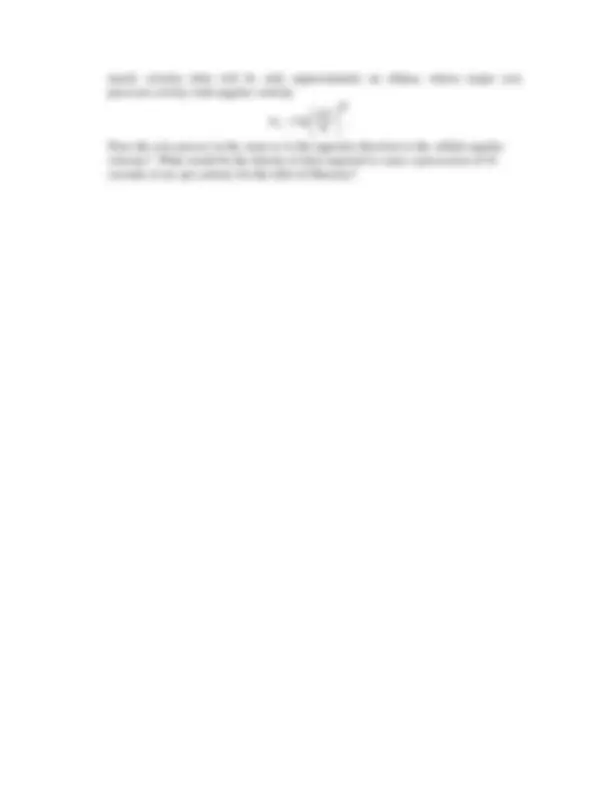



Study with the several resources on Docsity

Earn points by helping other students or get them with a premium plan


Prepare for your exams
Study with the several resources on Docsity

Earn points to download
Earn points by helping other students or get them with a premium plan
Community
Ask the community for help and clear up your study doubts
Discover the best universities in your country according to Docsity users
Free resources
Download our free guides on studying techniques, anxiety management strategies, and thesis advice from Docsity tutors
A homework assignment for physics 210, a university course on classical mechanics and electromagnetism. The assignment, due in autumn, 2003, includes various derivations and exercises from the first two chapters of the textbook. Topics covered include nonholonomic constraints, gauge transformations, lagrangian mechanics, calculus of variations, and symmetry and conserved quantities.
Typology: Assignments
1 / 2

This page cannot be seen from the preview
Don't miss anything!


Due Tuesday, October 7
2 1
(^1 1) y (^2) dt t
b) Find the geodesics on a sphere. Use spherical coordinates with constant r = a. Choose your integration variable so that you can immediately write a first integral of the Euler equation. The second integration then is a simple trig integral. To recognize your result as a great circle, find in terms of φ and θ the equation of intersection of a sphere with a plane that passes through its center.
nearly circular orbit will be only approximately an ellipse, whose major axis precesses slowly with angular velocity
3 12 2 0
M
rG ω (^) p πρ.
Does the axis precess in the same or in the opposite direction to the orbital angular velocity? What would be the density of dust required to cause a precession of 43 seconds of arc per century for the orbit of Mercury?